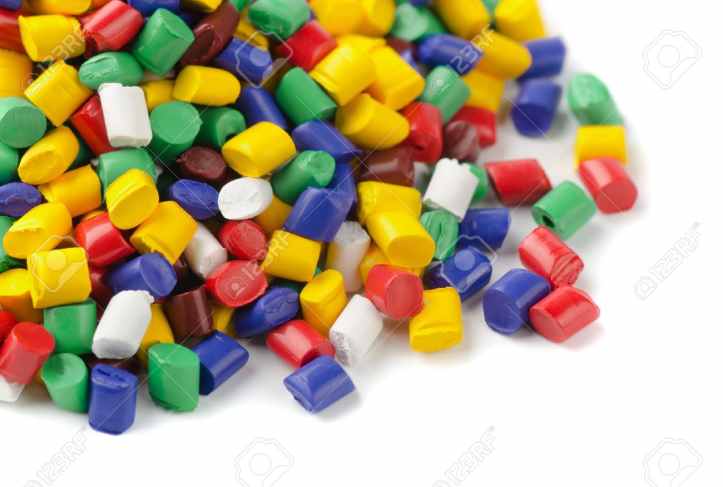The successful application of plastics materials depends on the correct choice of material, and the optimization of its properties to ensure a satisfactory service life,at a price which is competitive.

The designer must have a thorough knowledge of materials and processes in order to ensure a correct choice of material, the procedure for which is as follows:
- 1. The finished product must be accurately specified in terms of strength, stability, and resistance to different environments.
- 2. Those groups of plastics which are not suitable for the product under review arc eliminated.
- 3. The remaining groups of materials which offer potential must then be examined. Of equal significance to the published properties are their weaknesses, which may now be used as the basis for further discrimination. Such weaknesses may be found in all grades of a particular group of materials,or they may be significant to the processing characteristics of only certain grades of a material. Decisions that can be made on this basis may be influenced by the knowledge that, for example,shrinkagc,a close-tolerance part cannot be produced successfully to a consistent standard froshrinkage material; a proposed method of processing would have some effect on the finished product (for example,structure orientation may be altered), or a particular material may not be suitable for secondary operations (such as assembly).
- 4. It must be established that the product requirements are compatible with the potential of the chosen material, leading to optimum use of its properties.
The designer should note that data presented in the form of general properties of plastics materials are of necessity generally obtained from laboratory testing. However since information is not always readily available on the change in these properties after ageing or on exposure to a specific environment, relating the result on a simple test-piece to in-service conditions is not easy. Thus further tests may have to be carried out to ensure that the material is capable of meeting certain particular requirements.
The designer should keep in mind the following examples of discrepancies between quoted properties obtained under test conditions and in-service be¬haviour.
- 1 A piece of material which is immersed in acid for a specified time and then washed and tested for comparison with its value before immersion may be found to be satisfactory; however, in practice, where the material may be subjected to an acid spray at infrequent intervals,it may fail very rapidly.
- 2. A material may have excellent resistance to a solvent under test conditions. However,if a finish that necessitates mechanical polishing is specified, surface crazing,which results in notching and initiation of mechanical failure may occur on exposure to solvent.
- 3. The impact resistance of long-fibre-filled thermosetting materials, in particular, is much greater than that of the Wood-filled material. However,since failure may occur as a result of a significant crack as easily as it can from complete disintegration, the reported resistance of the long-fibre-filled material is in question. It may crack at a load under which another more easily moulded material breaks; thus both materials will fail to meet the requirements of the product.
- 4. Certain materials may withstand single-impact blows better than do others. However, where such impact is repetitive, materials may demonstrate differing ability to resist in a satisfactory manner.
Having selected a material and its particular grade for a specific application the designer may then determine component thickness and other design features related to flow and shrinkage characteristics of the material,and consider any other relevant items (for example,notch sensitivity).
AUTHOR: steven cheng,a dedicated china plastic container mould maker
